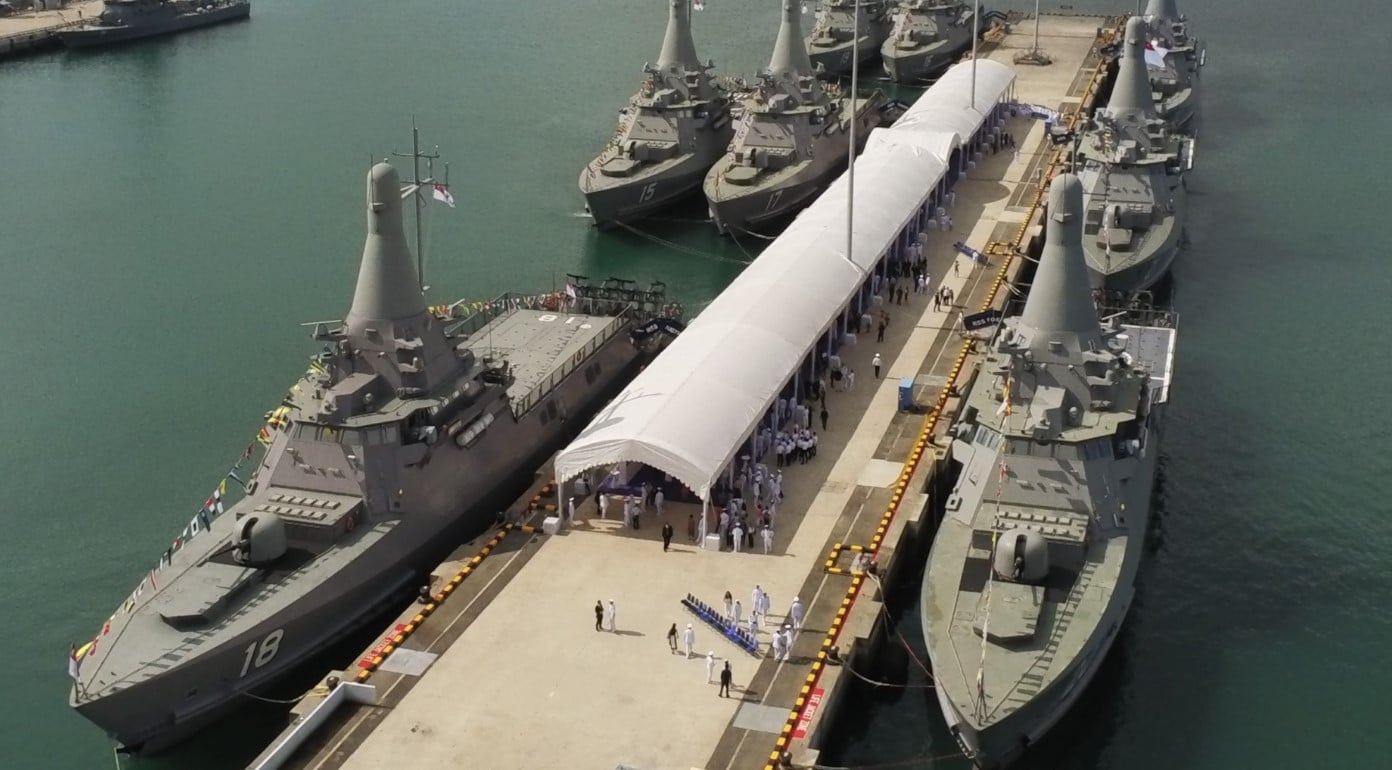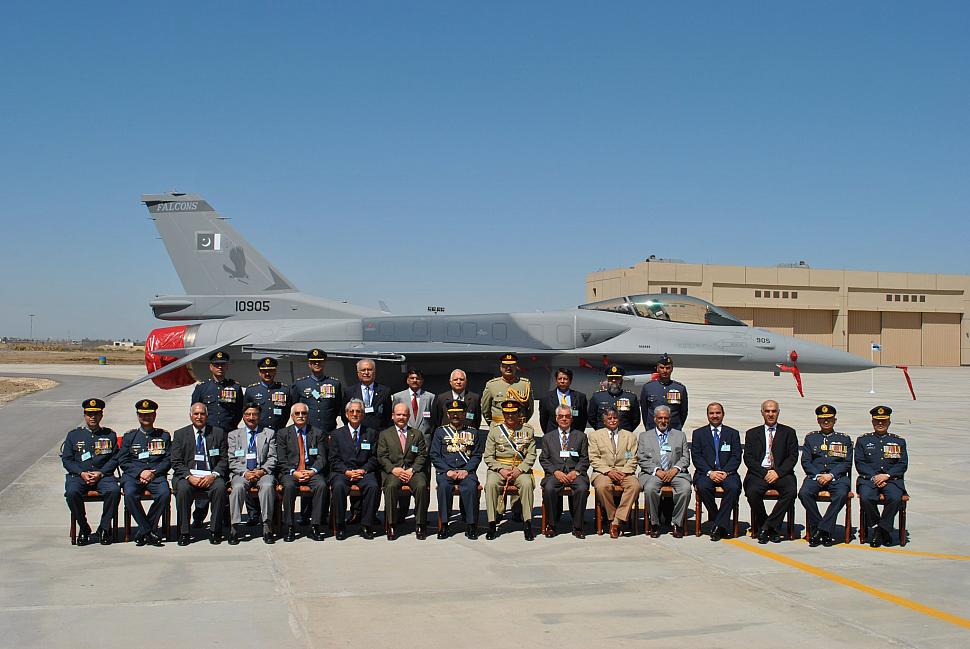2183Views 11Comments

AVIC to launch new Wing Loong UAV variant in 2018
The Aviation Industry Corporation of China (AVIC) will launch a new variant of the Wing Loong-series of medium-altitude long-endurance (MALE) unmanned aerial vehicles (UAV) – the Wing Loong ID (or I-D).
Reported by China’s state-owned news agency Xinhua on January 25, AVIC subsidiary the Chengdu Aircraft Design & Research Institute (CADI) will conduct the maiden flight of the Wing Loong ID in 2018. The Wing Loong ID will also enter the market by the end of this year.
The Wing Loong ID will be a direct improvement of the Wing Loong I, which first flew in 2007 and has been exported to foreign customers (especially in the Middle East) since at least 2012.
Li Yidong, CADI’s vice chief designer and the chief designer of the Wing Loong series, reportedly said that the Wing Loong ID will be more capable and more affordable than the Wing Loong I. Changes include an increase in flight ceiling, endurance, internal and external payload along with a higher-output engine.
“The Wing Loong ID is the first generation of improved reconnaissance-strike UAS [unmanned aerial system] in China. With other members of the family, it will help enhance the influence of Wing Loong brand in the global military trade market,” said Li Yidong.
Analyst Henri Kenhmann of the East Pendulum website reports, quoting CADI director JI Xiao Guang, that CADI expects the Wing Loong-series to secure €1.9 billion in sales to domestic and overseas clients over the next five years. It also seems that the Wing Loong ID’s airframe will be built from only composites.
Notes & Comments:
Originally designated Pterodactyl, the Wing Loong MALE UAV-series competes with fellow-AVIC subsidiary China Aerospace Science and Technology Corporation (CASC)’s CH-4-series in the market of strike-capable ISR (intelligence, surveillance and reconnaissance) drones. Between the two, AVIC has been able to secure a leading position in the Middle East and Central Asian markets. Saudi Arabia is believed to be among the Wing Loong’s users, though it is unclear if Riyadh is behind the marquee purchase of Wing Long II, the first major iterative variant of the Wing Loong and CADI’s largest overseas drone sales to-date.
AVIC may be intending to have the Wing Loong ID directly supplant the Wing Loong I and to complement the Wing Loong II. In effect, the Wing Loong ID would be the lower-cost alternative to the Wing Loong II. With the Wing Loong ID, AVIC would have a means through which it can aggressively expand its market-share in the market, especially in cost-sensitive markets such as Latin America and Sub Saharan Africa.
It will be interesting to see how other drone makers will respond. The bulk of the U.S. industry’s efforts are focused on supplying aircraft to the U.S. and NATO markets, but Textron is looking to compete in those as well as other markets with the Nightwarden UAV. Likewise, Turkish Aerospace Industries (TAI) has been marketing its Anka UAV to Middle East and Southeast Asian markets, the latter – especially where Beijing does not notably strong defence relations or customers – could be viable for TAI. Latin America could be a key market which could see genuine competition (which had been lacking in the Middle East and Central Asia due to the U.S.’ refusal to supply armed drones, freeing the space for China). The likes of Brazil, Chile, Colombia, Peru and Argentina, while relatively cost-sensitive, are still capable of executing large purchases of big-ticket items. This market could be key for AVIC and TAI, especially following the exit of Harpia Sistemas – a joint-venture between Israel’s Elbit and Brazil’s Embraer and Avibras– as an active factor to design, develop and manufacture UAVs in Brazil for this region.



11 Comments
by Steve
The way things are going China is going to out sell USA soon, who are too wedded to the idea of using weapon systems as politicial leverage. The quality argument is becoming increasingly marginal, and they cost a lot less too. Does anyone know what our requirement is in numbers? There are reports we have bought Wing Loong. A comparison between Wing Loong II and Reaper will also be useful.
by sami shahid
I guess UAE has bought wing Loong 2.
by Joseph
I think Wing Loong II (medium) is somewhere between MQ-1 (light) and MQ-9 (heavy), CH-5 is probably closer to MQ-9.
Maybe the next version (Wing Loong III?) will have similar capacity as MQ-9.
by Joseph
Yeah, according to this: http://www.janes.com/article/77379/uae-revealed-as-wing-loong-ii-launch-customer UAE is Wing Loong II’s launch customer, which should not be a big surprise.
China called the deal “biggest overseas purchase order in the history of Chinese [UAV] foreign military sales”, only the few countries in middle east could possibly have that kind of money.
by TZK
Chinese have a number of projects under way. Of interest as well as the MALE UAV’s is the HALE UAV under development called the EA-03 and Devine Eagle which is a surveillance UAV designed to track stealth jets.
http://chinese-military-aviation.blogspot.co.uk/p/uavucav-ii.html
https://www.popsci.com/china-flies-its-largest-ever-drone-divine-eagle
by AC
Wing Loong ID is supposedly upgraded based on feedback from a potential customer. Given this is the MO of how pak armed forces have interacted with China i.e. test/evaulate/feedback/improve/re-test/induct this could possibly be intended for induction with Pak. For reference a Wing Loong was captured on satellite images in Pak back in November 2017.
by Jigsaw
Guess the Chinese have given a major blow to MTCR and the arm twisting around it by US et al. In time nations won’t bother about MTCR or MTCR will stop bothering about em’. You can’t get a reaper but you can get a good enough reeper for a lot cheaper.
by Headstrong
China’s not a member of MTCR. It’s not bound by its rules. Not that the rules of regimes of which China is a member have bound it anyway.
China observes rules only in their breach.
by Steve
China has a special relationship with Pakistan which goes beyond MTCR rules which you correctly point out do not apply anyway, so long range offensive weapons/drone/tech transfers are a given. They may react to Indian behavior in their choice of weapons transferred, so more Dolkams and belligerent statements are not in India’s interest. US weapons may help but will come with a political price. Furthermore China will build nuclear reactors and additional nuclear support infrastructure in Pakistan forever on “grandfathered” agreements from before so NSG rules don’t apply as well. This was accepted by the US and NSG. Therefore for us the 2 fora though important are not crucial. Our application stands and we will see what happens.
by Headstrong
You are suggesting that the quality (and quantity) of China’s military and nuclear transfers to Pakistan would be contingent on whether India makes ‘belligerent’ statements against China. However, it is a matter of historical fact that China has transferred nuclear technology and equipment as well as weapons well before the tu tu main main between India and China.
Furthermore, Chinese nuclear transfers to Pakistan has nothing to do with the July, 2005 US-India nuclear deal, as is evident from the fact that Pakistan announced an agreement with China whereby Beijing would provide two 300-megawatts-electric-capacity nuclear power reactors to Pakistan as early as April 10, 2005, well before the USA-India nuclear deal.
China has been weaponising Pakistan for decades as a hedge against India, so that it could itself focus on catching up with the US and Russia.
It is also quite likely that unless political, scientific and industrial environment, domestic and international, changes substantially, China will be the sole source of Pakistan’s civilian nuclear programme for the foreseeable future and there will be no bar on such cooperation from NSG (because of the ambiguity regarding the ‘grandfather’ clause, which is amenable to, and is being, exploited by China). The only constraint on such cooperation will be fiscal in nature since such transfers will have to be accompanied by financial support from China to Pakistan with full guarantee of fuel supply from its own indigenous source of natural uranium since all major sources of uranium will be barred by NSG Guidelines from supplying Pakistan with uranium. This is no the case with India which, in spite of being vetoed admission into the NSG, still enjoys the privilege of commerce with NSG nations because of the 2008 waiver.
The MTCR situation is analogous, as are the WA and the Australia Group, all of which India is now a member of and China isn’t. While this may allow China to transfer weapons, equipment and technologies to Pakistan, China will remain Pakistan’s sole source. India has options.
by Jigsaw
I think the only point he was interested in making was China is the one bending n breaching all the rules in the world while the whole world and the world he comes from especially abides by em’ without exceptions.
That’s the difference between Indians and Chinese. While Chinese will in time make MTCR redundant, make their own equivalent of MTCR, and draw a parallel world order, Indians will still be whining about Chinese breaching some rules that are man made and revolving around wests vested interests. Indians can see only so far as a reaction goes. Nothing beyond.